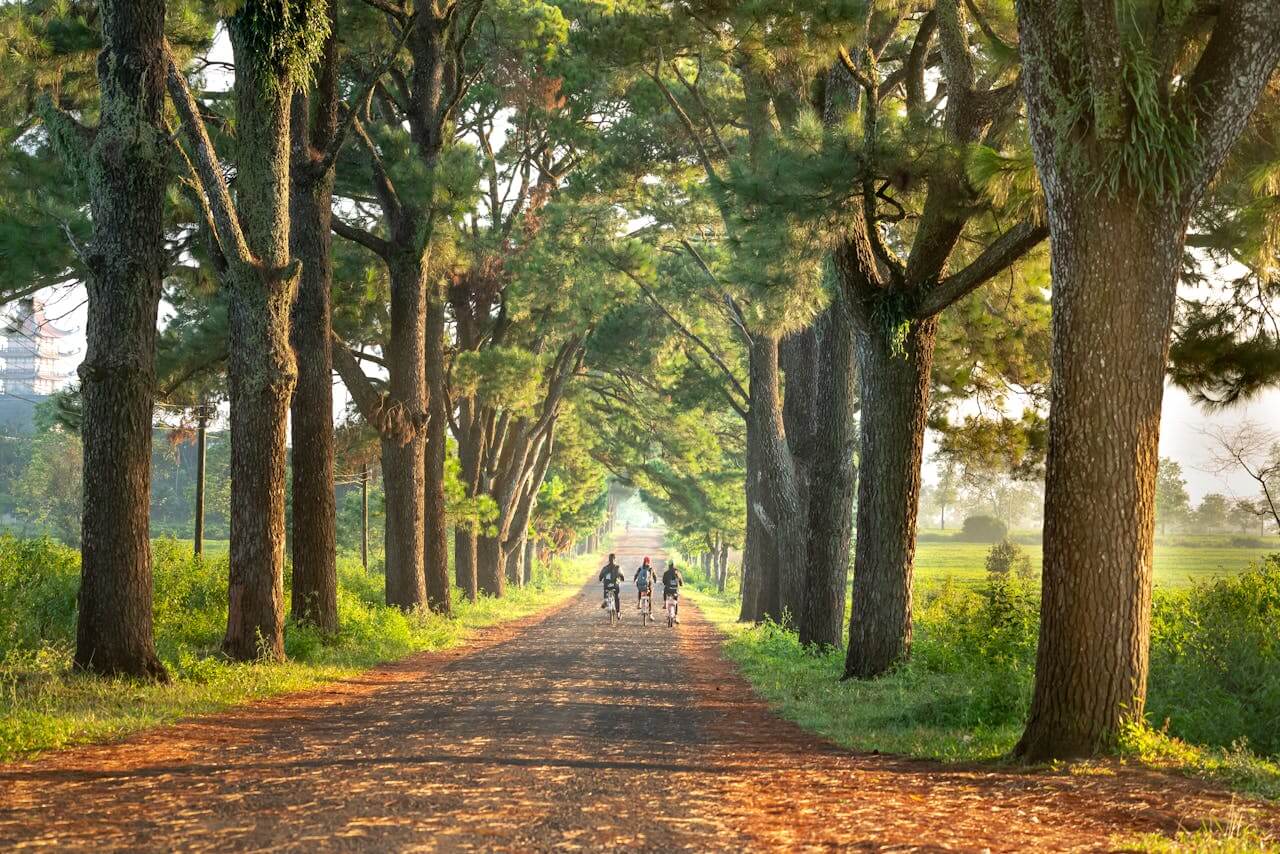Introduction: Why Nature Photography Captivates Us
There’s something magical about pausing in a forest clearing, watching the light shift over distant mountains, or catching the first sparkle of dew at dawn. Nature photography allows us to capture those fleeting moments and share them in stunning high definition.
Whether you’ve just bought your first camera or you’ve been shooting on your phone for years, this guide will help you start strong, avoid common mistakes, and develop an eye for extraordinary images.
1. Understanding the Heart of Nature Photography

1.1 Beyond Pretty Pictures
Nature photography is more than simply pointing your camera at a pretty scene. It’s about:
- Observation – noticing light, texture, and patterns.
- Patience – waiting for the perfect cloud break or wildlife moment.
- Storytelling – conveying emotion and a sense of place.
When you approach each shot with these in mind, your work will naturally stand out.
1.2 The Power of High Definition
The “HD” in NaturePhotographyHD.com stands for High Definition—and for good reason. Crisp detail and rich colors transform an ordinary snapshot into an immersive visual experience. Modern cameras, drones, and even smartphones can produce incredibly sharp files, but only when settings, lenses, and technique all align.
2. Essential Gear for Beginners

2.1 Cameras
- Entry-Level DSLR or Mirrorless – Ideal for those who want manual controls and lens flexibility.
- Advanced Smartphone with Manual Mode – Perfect for travelers who prefer minimal equipment.
2.2 Lenses
- Wide-angle lens (16–35mm) for sweeping landscapes.
- Telephoto lens (70–200mm or longer) for wildlife and distant peaks.
- Macro lens (90–105mm) for flowers, insects, and small details.
2.3 Tripods and Supports
A sturdy tripod is non-negotiable for long exposures, night skies, and water shots.
Lightweight carbon-fiber models are excellent for hiking.
2.4 Accessories
- Extra memory cards and charged batteries
- Lens cleaning kit
- Polarizing filter to reduce glare and boost color
- Weatherproof camera bag
3. Mastering Camera Settings
3.1 The Exposure Triangle
- Aperture (f-stop) – Controls depth of field. Use f/8–f/11 for landscapes, f/2.8 for soft backgrounds.
- Shutter Speed – Freezes or blurs motion. Try 1/1000 sec for birds in flight, or slow to 1/4 sec for silky waterfalls.
- ISO – Controls sensitivity. Lower is cleaner; raise only when light is low.
3.2 Shooting in RAW
RAW files capture the maximum data, giving you more flexibility in editing for sharpness, color, and shadow detail.
3.3 Focus and Stability
- Use single-point autofocus for precise subjects like birds or flowers.
- Enable image stabilization when hand-holding your camera.
- For long exposures, use a remote shutter release or your camera’s self-timer.
4. Light: The Secret Ingredient
4.1 Golden Hour and Blue Hour
- Golden Hour: Warm, soft light just after sunrise or before sunset.
- Blue Hour: Cool, moody tones just before sunrise or after sunset.
Both create stunning depth and natural contrast.
4.2 Midday Sun and Weather
While harsh midday sun can flatten your images, dramatic clouds, mist, or a passing storm often create unexpected magic. Don’t pack up when the forecast looks gloomy—bring a rain cover and see what unfolds.
5. Composing Striking Images
5.1 Rule of Thirds
Divide your frame into thirds horizontally and vertically; place key subjects at the intersections.
5.2 Leading Lines and Natural Frames
Rivers, trails, or tree branches can guide the viewer’s eye into your photo.
5.3 Foreground, Midground, Background
Including elements in all three layers adds depth and scale to landscapes.
6. Creative Specialties to Explore
6.1 Wildlife Photography
Patience is key. Learn animal behavior and maintain ethical distances.
6.2 Macro Photography
Capture minute details—like dew on a spider web—using a macro lens and gentle light.
6.3 Night and Astrophotography
Use long exposures, a tripod, and manual focus to reveal starry skies, constellations, and the Milky Way.
7. Editing and Post-Processing
7.1 Essential Adjustments
- Exposure and contrast
- White balance
- Sharpening and noise reduction
7.2 Tools and Apps
- Beginner-friendly: Snapseed, Lightroom Mobile
- Professional: Adobe Lightroom Classic, Capture One
Always aim for natural enhancement, not heavy manipulation.
8. Protecting Your Work
- Add a watermark or copyright notice on key images.
- Back up originals to two locations (e.g., external hard drive + cloud).
- Consider registering copyrights for professional work.
9. Building Your Portfolio and Audience
9.1 Online Presence
Create a simple portfolio site or gallery to showcase your best images.
9.2 Social Media and Communities
Share selectively on platforms like Instagram or dedicated photography forums.
Engage with other photographers to gain feedback and inspiration.
9.3 Selling Your Photos
- Stock photography marketplaces
- Print sales and photo books
- Commissioned work for travel and conservation groups
10. Field Tips for Success
- Scout Locations: Use apps like Google Earth or Maps to plan compositions.
- Dress Smart: Wear layered, weatherproof clothing.
- Respect Nature: Follow Leave No Trace principles and avoid disturbing wildlife.
11. Next Steps on Your Photography Journey

Nature photography is a lifelong learning experience. Start by practicing close to home: local parks, city gardens, or even your backyard. Each outing will sharpen your eye and deepen your connection with the natural world.
Conclusion: Capture. Create. Inspire.
Your camera is more than a tool—it’s a passport to wonder. Each photo is a chance to celebrate wild places, share stories, and inspire care for our planet. Whether you shoot on a phone or a professional DSLR, the key is to start, practice, and keep exploring.
Welcome to the art of nature photography in high definition. The adventure begins the moment you step outside.
Read More on NaturePhotographyHD.com
Do you want to build a complete skill set? Continue your learning journey with these related resources:
- 12 Expert Wildlife Photography Tips for Capturing Nature in Stunning High Definition
- The Best Camera Settings for Landscapes, Forests, and Mountains

